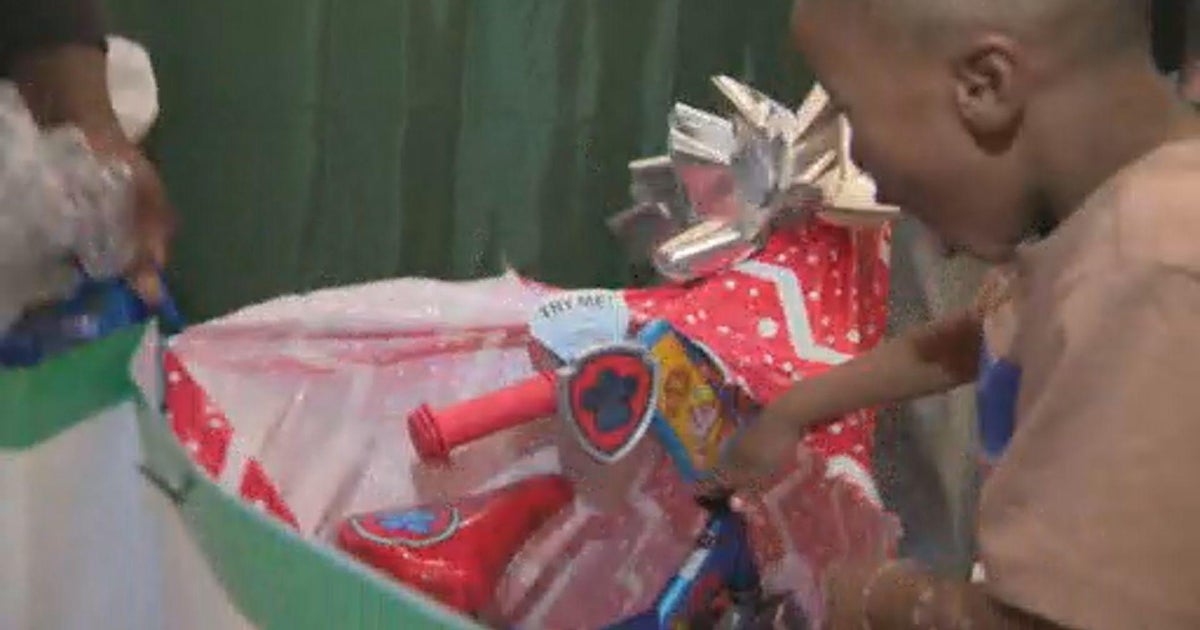WHO says monkeypox is not an international public health emergency, but it should continue to be monitored
MIAMI – The World Health Organization has stopped short of declaring the monkeypox outbreak a public health emergency of international concern as a result of an emergency committee meeting.
The WHO convened an emergency committee meeting Thursday to discuss the severity of the monkeypox outbreak. The result of the meeting was announced Saturday.
"Overall, in the report, they (the emergency committee) advised me that at this moment the event does not constitute a Public Health Emergency of International Concern, which is the highest level of alert WHO can issue but recognized that the convening of the committee itself reflects the increasing concern about the international spread of monkeypox," WHO Director-General Tedros Adhanom Ghebreyesus said in the statement released Saturday.
Tedros on Thursday called for intensified surveillance for monkeypox, cautioning that "while men who have sex with men have been most affected in these new outbreaks, there are also risks of severe disease for immunocompromised persons, pregnant women and children if they are infected."
Health care workers are also at risk if they don't wear appropriate personal protective equipment, Tedros said in his opening remarks at the meeting.
Last week, Tedros said "the virus is behaving unusually from how it used to behave in the past" and as more countries became affected, a coordinated response was necessary.
Saturday's statement acknowledged the "evolving health threat" that the WHO would be following extremely closely.
What is a public health emergency of international concern?
The WHO defines a public health emergency of international concern, or PHEIC, as "an extraordinary event" that constitutes a "public health risk to other States through the international spread of disease" and "to potentially require a coordinated international response."
This definition comes from the International Health Regulations, which were created in 2005 and represent a legal agreement involving 196 countries with the aim of helping the international community prevent and respond to public health risks that have the potential to spread around the globe.
The US Centers for Disease Control and Prevention describes the regulations as "a legally binding agreement of 196 countries to build the capability to detect and report potential public health emergencies worldwide. IHR require that all countries have the ability to detect, assess, report, and respond to public health events."
There are two ongoing emergencies: polio, which began in 2014, and Covid-19, starting in 2020.
Four other PHEICs have been declared since the regulations were put into place: H1N1 influenza from 2009 to 2010, Ebola from 2014 to 2016 and from 2019 to 2020, and the Zika virus in 2016.
There have been more than 3,200 confirmed cases of monkeypox and one death reported to the WHO in 48 countries between January 1, 2022 and June 15, 2022, Tedros said in the opening remarks.
The death occurred in Nigeria, according to the situation update.
Tedros stressed the importance of countries sharing information with WHO.
"In other outbreaks, we have sometimes seen the consequences of countries not being transparent, of not sharing information," he said. "We need case finding, contact tracing, laboratory investigation, genome sequencing, and implementation of infection prevention and control measures; We need information about the different clades of monkeypox virus; We need clear case definitions to help identify and report infections; And we need all countries to remain vigilant and strengthen their capacities to prevent onward transmission of monkeypox. It is likely that many countries will have missed opportunities to identify cases, including cases in the community without any recent travel."
Monkeypox is a rare disease and is a much less severe cousin of the now eradicated smallpox virus.
It is endemic to parts of west and central Africa and is usually contracted from a rodent or small mammal. It does not easily spread from one person to another.
However, the monkeypox virus can spread through contact with body fluids, monkeypox sores, or items such as clothing and bedding contaminated with the virus. It can also spread from person to person through respiratory droplets, typically in a close setting, according to the CDC.




